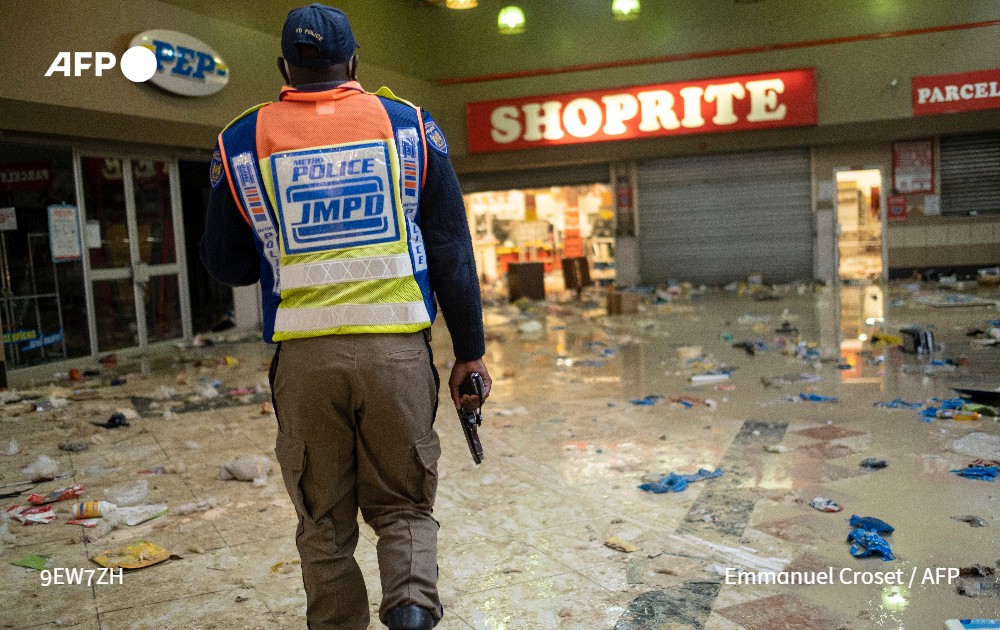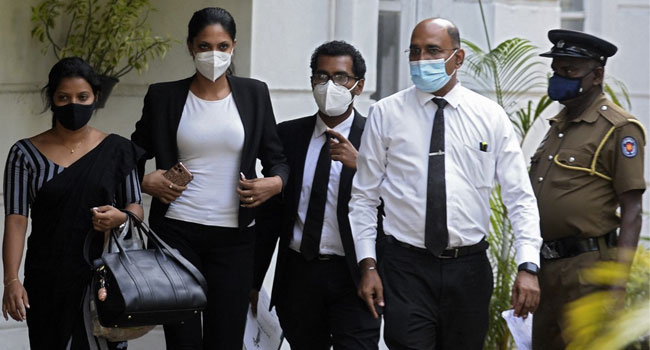Thousands protest restrictions as Germany posts record virus numbers

Germany marked another record number of daily coronavirus infections on Saturday, announcing 19,059 cases in the last 24 hours as the country prepares to go into shutdown next week.
The figures released by the Robert Koch Institute (RKI) for disease control were the latest in a number of ever-increasing case counts for the week. Friday’s report had seen 18,681 new cases. A week ago, the RKI had reported 14,714.
However, authorities say testing is far more widespread than during the country’s initial spike half a year ago, meaning it is difficult to say for certain that current numbers are indeed a new record.
The figure represented a fatalistic milestone. In September, German Chancellor Angela Merkel had warned that new cases could reach a daily level of 19,200 by Christmas. At the time, many had scoffed at the possibility.
Merkel meanwhile assured swift help to businesses as the country prepares for a renewed shutdown in November.
“We are not leaving businesses or enterprises alone that have been in difficulty because of the crisis,” Merkel said in a podcast on Saturday.
“We want to help quickly and non-bureaucratically,” Merkel said, adding that she would consult with business and industry leaders on Wednesday on how to mitigate the effects of the crisis.
She defended the measures that have been slammed by the service and gastronomy industries, pointing to the additional 10 billion euros (11.6 billion dollars) the government has pledged to spend.
“The second wave of the pandemic makes it necessary to act quickly and decisively,” the chancellor said.
Under the new rules, cultural and recreational facilities will shut as well as restaurants and bars. Outdoor gatherings will be limited to 10 people from two households at most.
Fans will also be banned from top-level football matches in the Bundesliga, amateur sport will not take place, and gyms, pools, cosmetic studios, massage parlours and tattoo studios will have to close. The measures come into effect on Monday.
First emergency appeals against the measures have already been filed at a Berlin court.
And several thousand people demonstrated against the restrictions in Dresden, Karlsruhe, Darmstadt and Munich.
In Dresden, several thousand people turned up to protest, according to the organizers, a group called “Lateral Thinking.” As only 1,000 were registered, attempts were made to disperse people, many of whom did not wear masks.
In Karlsruhe, some 900 people joined a rally against the virus measures that was organized by the same group. As people repeatedly failed to follow social-distancing guidelines, a police spokesperson said they were on the verge of closing down the demonstration.
And in Darmstadt, nearly 300 people attended a protest, while police counted 100 in Duesseldorf.
Meanwhile, theatre staff in Munich created a human chain to demonstrate about the severity of the measures’ impact on their work.
They held ribbons to ensure social distancing and underlined that they were not questioning the necessity of the restrictions but drawing attention to the needs of the arts sector.
Tourism in several states has also been limited.
Bavaria on Saturday announced tourists would have to leave hotels by Monday morning. Schleswig-Holstein and Mecklenburg-Vorpommern had also urged holidaymakers to leave by next week.
Politicians have said an extension of the shutdown into December would not be excluded if the situation does not improve. “It is very, very difficult to make long-term predictions,” Helge Braun, head of the chancellery, told newspaper Bild.
The new numbers mean the RKI has recorded 518,753 cases of the disease since the outbreak hit Germany earlier this year. About 10,452 people have died of the Covid-19 disease caused by the virus, an increase of 103 from a day earlier.
The reproduction rate, or R rate, is now at 1.06, meaning every infected person is likely to infect one other. The day before, the figure stood at 0.97. However, the R rate data tends to lag the infection rate by about one-and-a-half weeks.
A different version of the R rate, a seven-day average, stood at 1.21.







